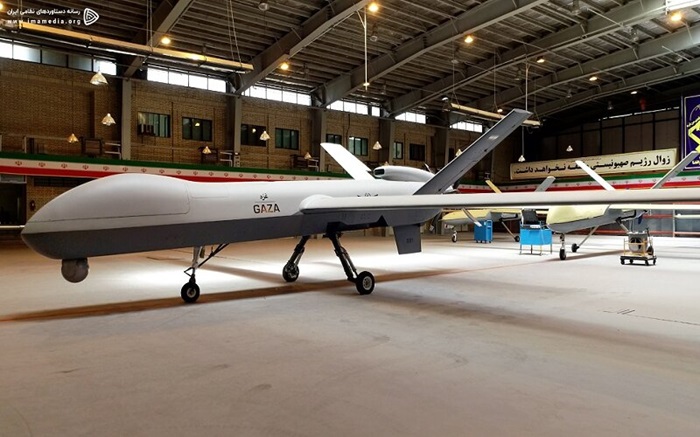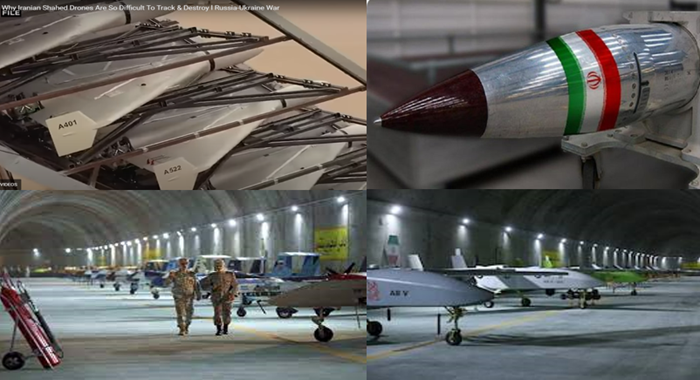

These events range from attacks on the merchant vessel Chem Pluto in the Arabian Sea to the Hamas raid on Israel, the ongoing Russian invasion of Ukraine, and Houthi assaults in the Gulf of Aden. Despite facing heavy sanctions and international isolation, Iran has astoundingly positioned itself as a drone warfare superpower.
The inception of Iran’s drone program dates back to the 1980s, during the Iran-Iraq war. The need for cost-effective reconnaissance solutions led to the development of drones such as Ababil 1 and Mohajer 1. The costly human and financial toll of direct engagements, like the US Navy’s operation Praying Mantis, spurred Iran to significantly invest in indigenous drone technology.

Today, Iran boasts one of the most advanced drone programs globally, specializing in small, effective UAVs. While Western drones like the MQ-9B Reaper cost upwards of $100 million, Iranian counterparts such as the Shahed 129 are estimated to cost only $1-5 million. Iran’s arsenal includes at least ten different models of suicide drones, varying in size and range. The Arash series, Iran’s largest suicide drone, can carry 260 kg of explosives to targets up to 2,000 km away.
Iran’s drone capabilities are not limited to suicide models. They have developed over a dozen combat drones capable of engaging ground, sea, or air targets. The Shahed 149, one of their larger combat drones, can carry a payload of up to 500 kg and operate within a range of 2,000 km.
Despite limitations in conventional armaments and lagging military capabilities compared to its adversaries, Iran represents a significant threat to global peace and regional stability. Sanctions and international embargos have curtailed access to advanced systems and cutting-edge technology. However, Iran’s strategic investment in UAVs allows it to defend its interests and promote its ideological agenda, extending its power beyond national borders.

Iran’s UAV advancements are not confined to domestic use but extend to supplying proxy groups, exacerbating regional instability and challenging global peace. Their drones play a vital role in intelligence, surveillance, and reconnaissance (ISR) operations. Over the past decade, Iran has focused on developing weaponized UAV systems and enhancing the versatility of its ISR drones. The proliferation of Iranian drones and their use by proxy groups has been observed in conflicts across the Middle East, targeting military and civilian infrastructures alike.
Recent advancements in Iran’s drone program have significantly enhanced their capabilities, posing a substantial challenge to regional security and global stability. The possibility of drone swarm attacks adds to the growing concerns, as Iran explores coordinated drone deployments to outmaneuver enemy defenses.

MEK Iran (follow us on Twitter and Facebook), Maryam Rajavi’s on her site, Twitter & Facebook, NCRI (Twitter & Facebook), and People’s Mojahedin Organization of Iran – MEK IRAN – YouTu







